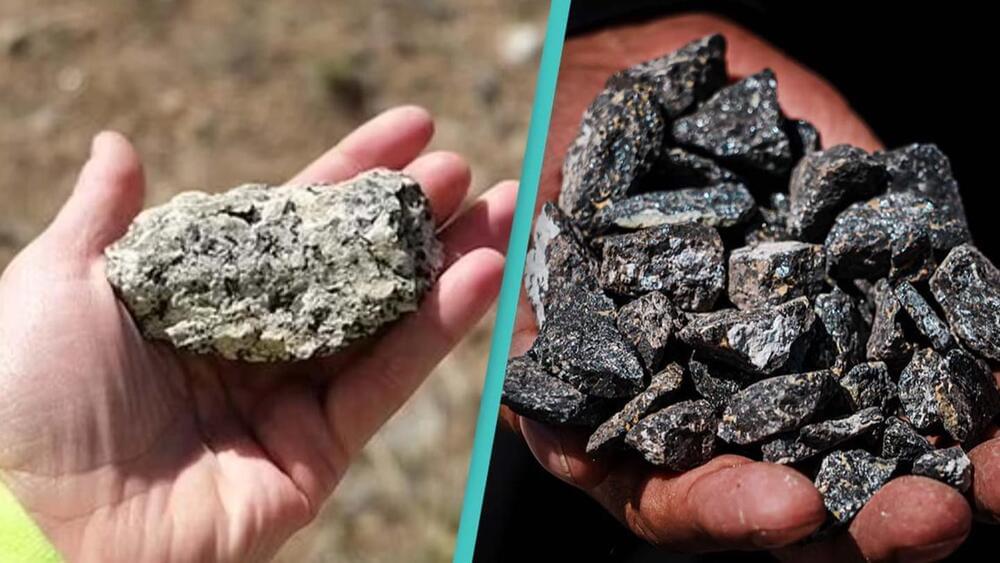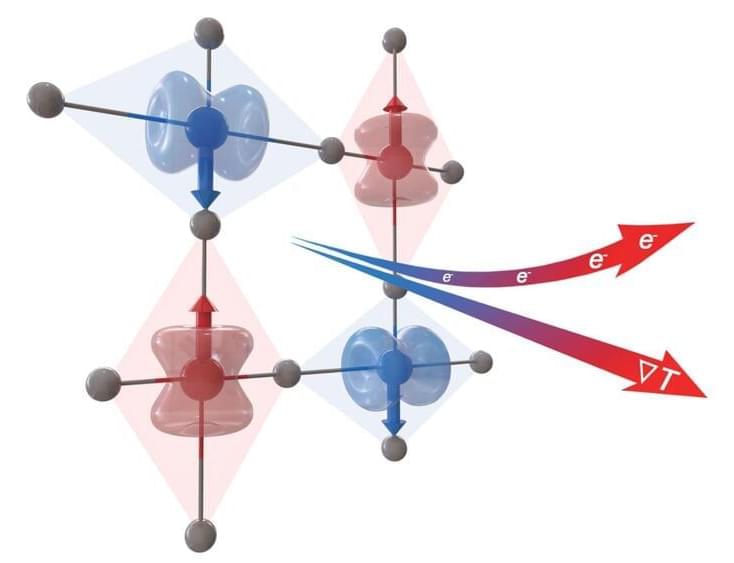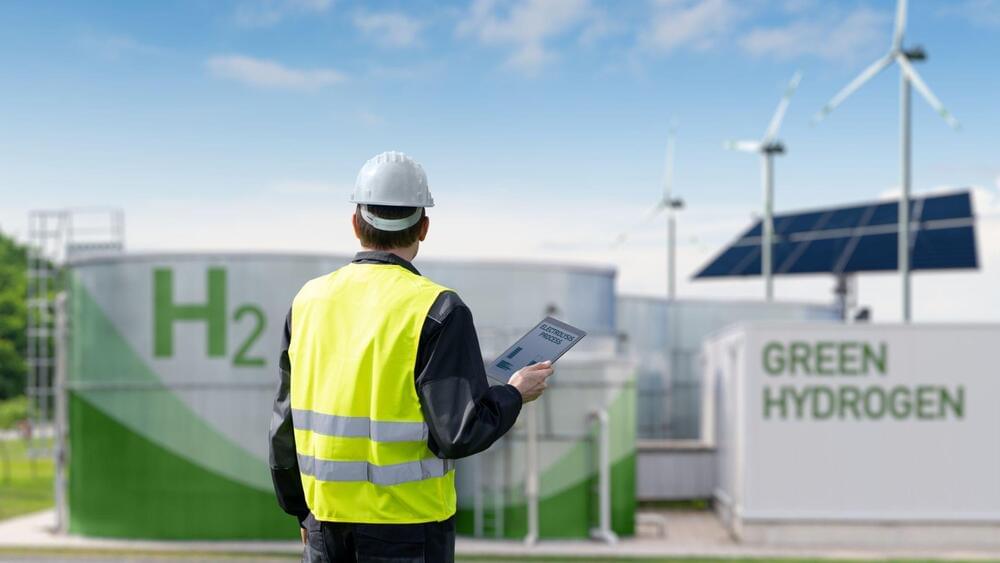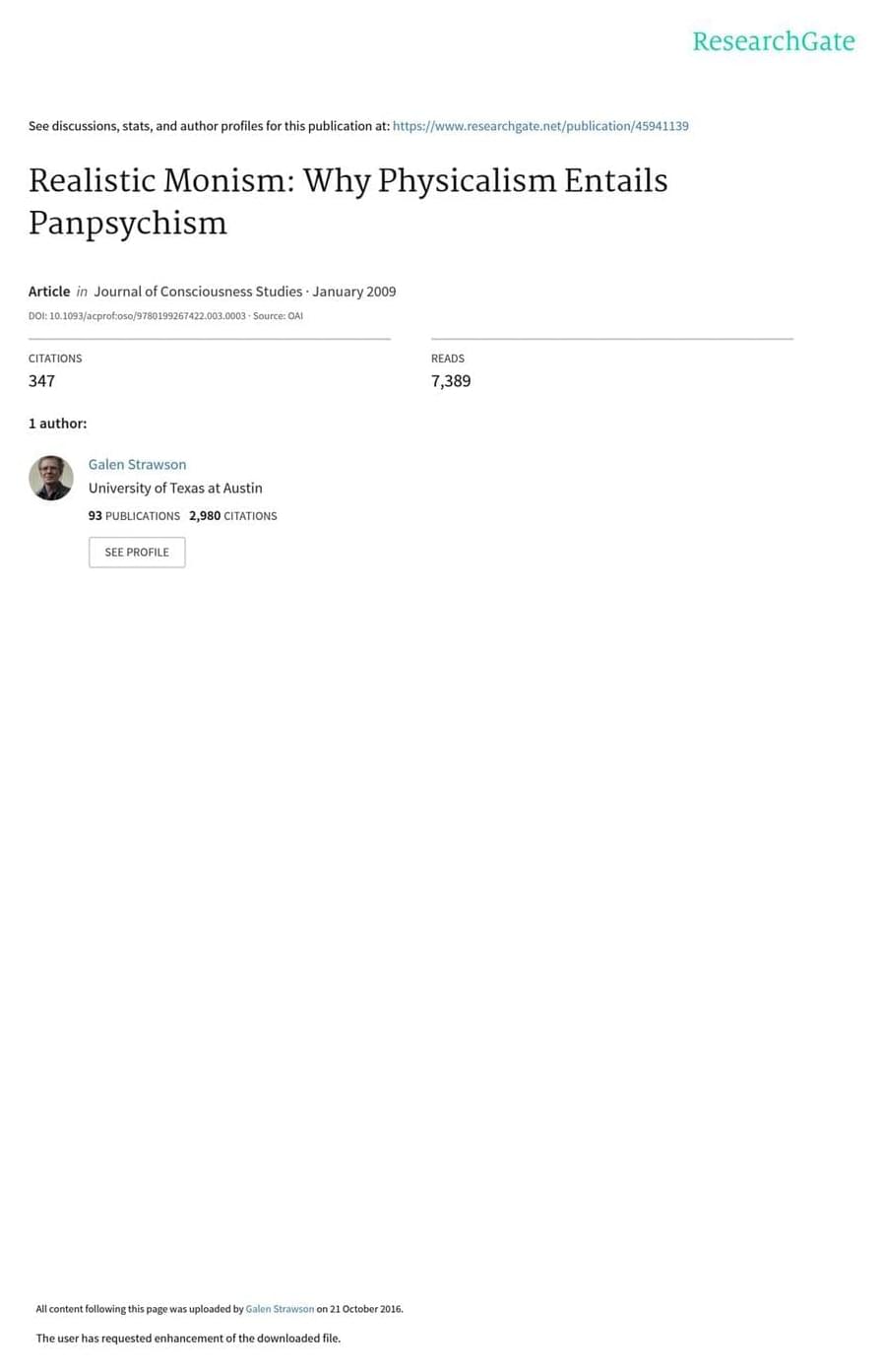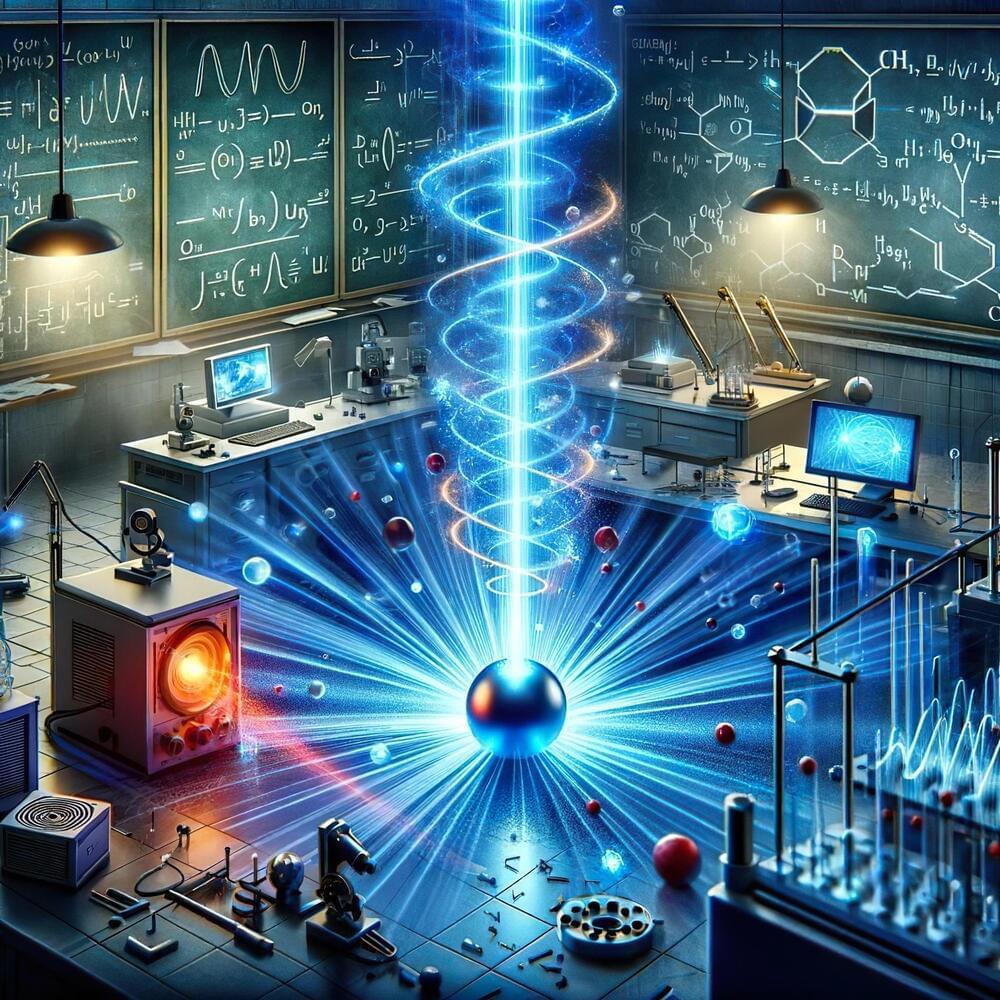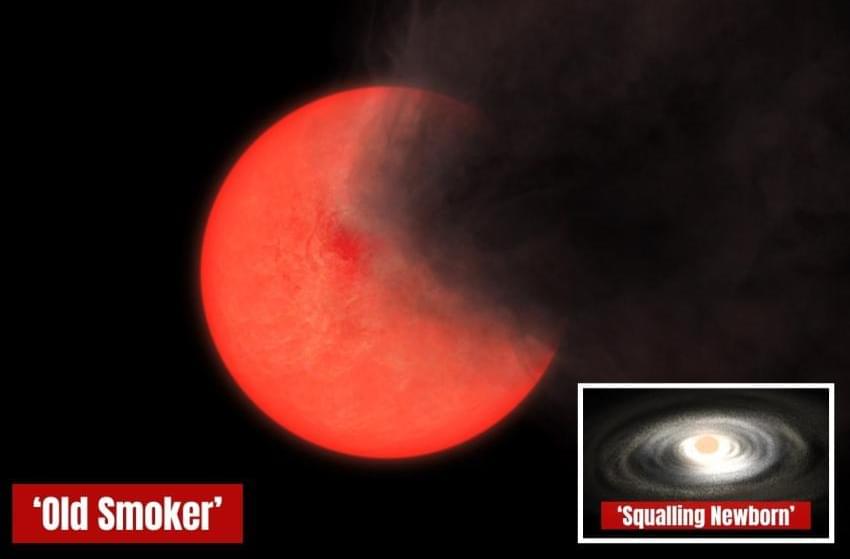That’ll be a nice tipping point. Now we need to depend less on Taiwan for chip making or move it to the USA and maybe China will lose interest a bit.
The US could soon become a world leader in rare earth minerals after over two billion metric tons were found in Wyoming.
The discovery could mean America taking over China, whose supplies stand at 44 million metric tons.
According to American Rare Earths Inc, the discovery ‘exceeded [their] wildest dreams’ having only drilled around a quarter of the project.
